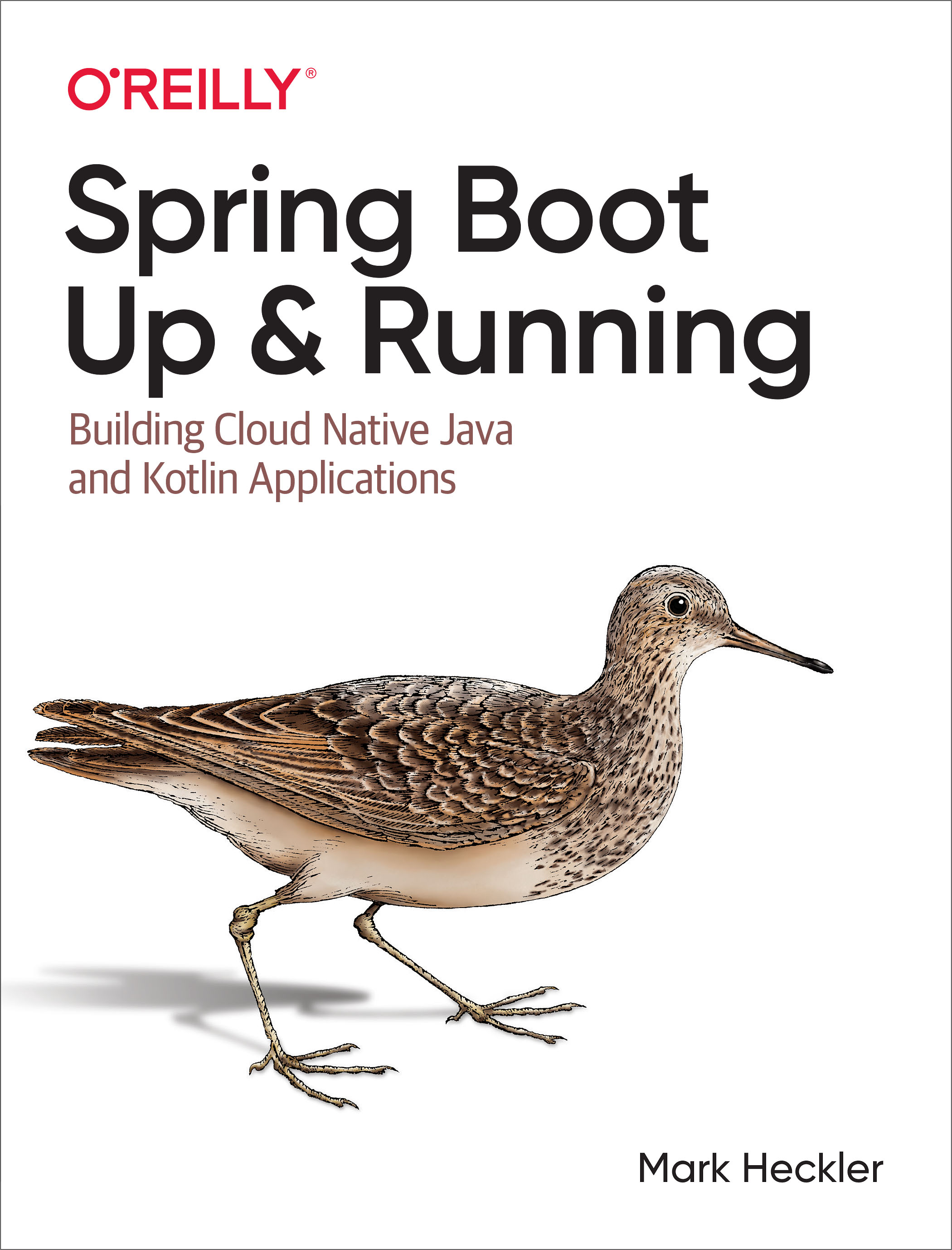A variety of ceramic materials has been recently shown to exhibit nonlinear stressÂ- strain behavior. These materials include transformation-toughened zirconia which undergoes a stress-induced crystallographic transformation in the vicinity of a propagating crack, microcracking ceramics, and ceramic-fiber reinforced ceramic matrices. Since many of these materials are under consideration for structural applications, understanding fracture in these quasi-brittle materials is essential. Portland cement concrete is a relatively brittle material. As a result mechanical behavior of concrete, conventionally reinforced concrete, prestressed concrete and fiber reinforced concrete is critically influenced by crack propagation. Crack propagation in concrete is characterized by a fracture process zone, microcracking, and aggregateÂ- bridging. Such phenomena give concrete toughening mechanisms, and as a result, the macroscopic response of concrete can be characterized as that of a quasi-brittle material. To design super high performance cement composites, it is essential to understand the complex fracture processes in concrete. A wide range of concern in design involves fracture in rock masses and rock structures. For example, prediction of the extension or initiation of fracture is important in: 1) the design of caverns (such as underground nuclear waste isolation) subjected to earthquake shaking or explosions, 2) the production of geothermal and petroleum energy, and 3) predicting and monitoring earthquakes. Depending upon the grain size and mineralogical composition, rock may also exhibit characteristics of quasi-brittle materials.












